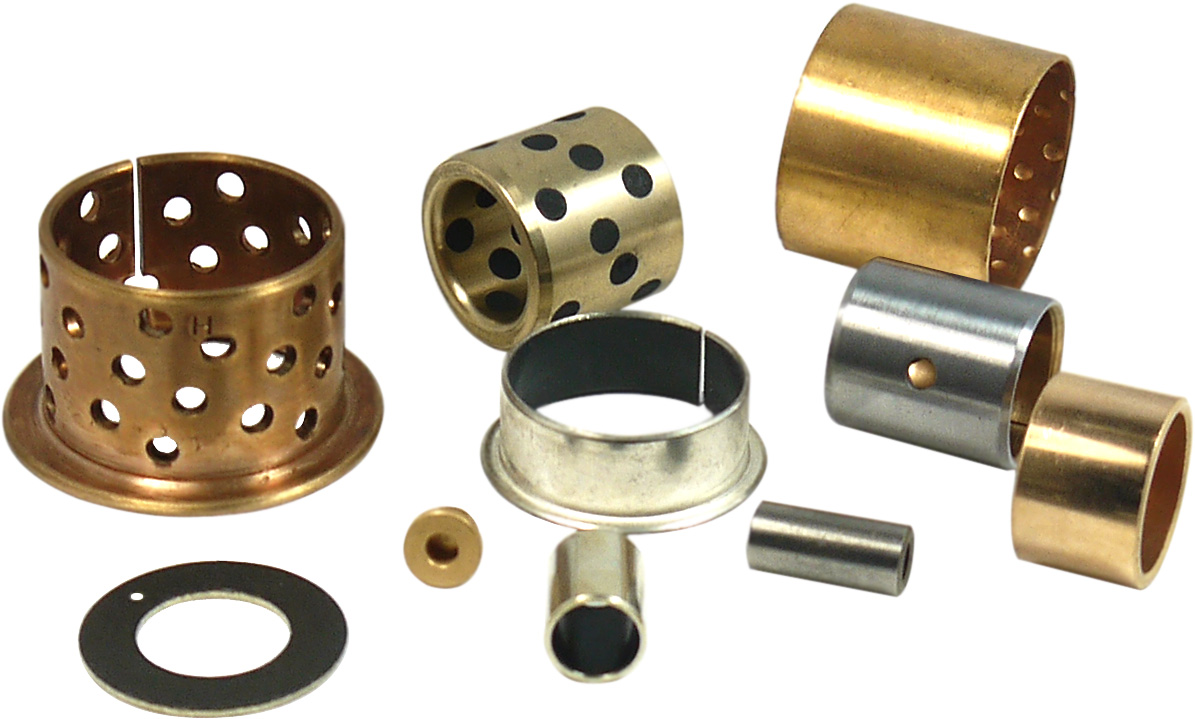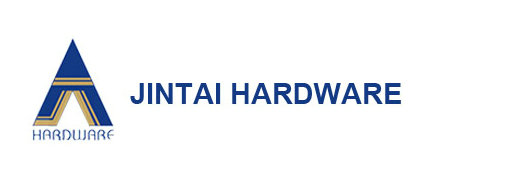1) metal materials, such as bearing alloy, bronze, aluminum alloys, zinc-based alloy
Bearing alloys: bearing alloy known as white metal, mainly tin, lead, antimony or other alloy metals, due to its good wear resistant, high plasticity, running-good performance, good thermal conductivity and resistance to rubber and oil, good and The adsorption is good, it is suitable for heavy-duty, high speeds, the smaller the bearing strength of the alloy, expensive, must be cast in bronze, steel or cast iron bearing when used to form a thin coating.

Porous metal materials: a porous metal material is a powder, which has a porous tissue, if immersed in the lubricating oil, so that the micropores filled with lubricating oil into the oil bearing, having self-lubricating properties. Small ductile porous metal material, only applies to non-impact load under steady and in low-speed situations.
3) non-metallic materials
Bearing plastic: plastic commonly used bearings have phenolics, nylon, Teflon, etc., plastic bearings have a greater compressive strength and abrasion resistance, oil and water lubrication can be used, but also a self-lubricating properties, but poor thermal conductivity.
Edit this paragraph the main fault
Bearing in operation due to contact with the bearing journal will produce friction, leading to surface heat, wear and tear even "killed", so the design bearings should be used in anti-friction bearing material with good sliding bearing, a suitable lubricant and the use of appropriate supply method, improve the structure of the bearing in order to obtain a thick film lubrication.
1, tile surface corrosion: spectral analysis found abnormal concentrations of non-ferrous metal element; spectral emerged wear submicron particles of many non-ferrous metals; lubricants excessive moisture, acid value exceeded.
2, surface corrosion journal: spectral analysis found abnormal concentrations of iron, iron spectrum, there are a number of sub-micron particles of iron components, lubricants excessive moisture or acid value exceeded.

